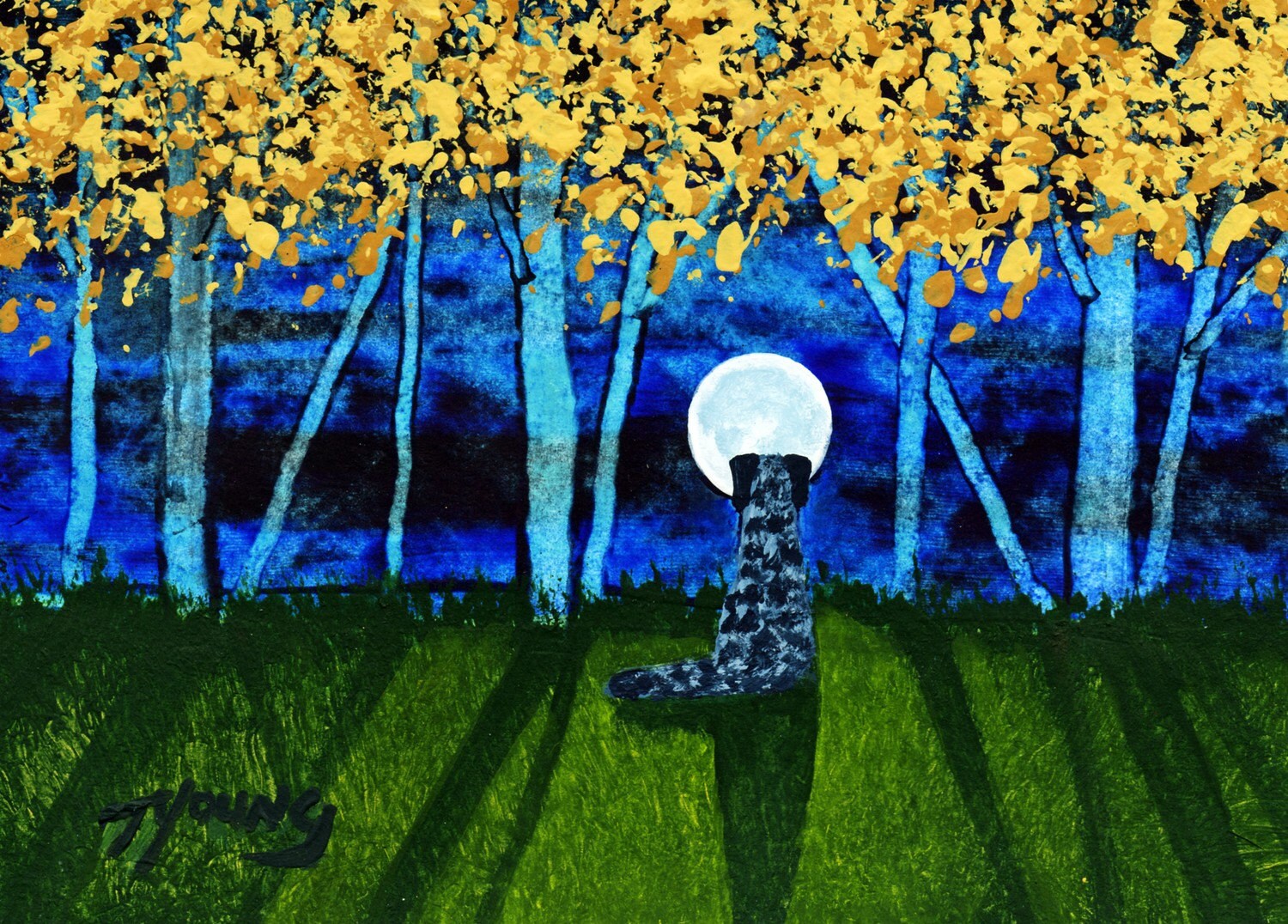 |
| photo credit: etsy.com |
Folk art painting refers to painting done in a primitive style. Often these paintings are of country themes such as farms or other rural objects. The proportions do not need to be traditional and the painter usually is not a professionally trained artist. Early American folk art is highly prized and can bring many thousand dollars at auction. For a more economical approach to decorating with folk art, paint some yourself.
Materials
Folk art painting techniques can be used for paintings, metal sculptures and even furniture. For beginners to create folk art, painting is the easiest to do because you do not need to strip or refinish the surface like you would for furniture or sculptures.
Paint is required but in folk art, the type of paint is actually not as important. You can use acrylic, water based or even oils. Since acrylic is less expensive and more forgiving to mistakes, it is the most often used type. Arts and crafts stores carry several brands. The key is to buy many colors so you can mix to match your project.
Brushes are also needed and depending on your project, you may need several. For paintings, plan to purchase a 1 inch stiff brush for background scenes. A smaller pointed tip brush will also be needed for more detailed work. If your project is furniture or large sculptures, you may also need a traditional 2 or 3 inch wide brush to paint base coats. You will still need to buy smaller brushes for painting details.
Other materials normally used by folk painters include sandpaper, gesso, glaze and crackle paint. All of these materials are to give the finished piece an aged appearance. For paintings you will also need a blank canvas which can be found at any art supply store. Carbon transfer paper is also helpful for beginners since you can choose an illustration and transfer the design to your piece.
Technique
To apply folk art techniques to paintings, you must first prepare the canvas. Apply two coats of gesso letting the canvas completely dry between coats. Gesso is a primer that allows your colors to adhere well to the canvas surface.
Choose an image you would like to paint by looking through folk art books or visiting a museum. If you are not planning to reproduce someone else's artwork, then design your own based on the room you intend to decorate. Simple scenes or objects best reflect the folk art style so make sure your plans take that into consideration.
If you want a background color other than the white gesso, paint that now using your larger brush. Make broad strokes so the canvas gets completely covered. If you are using a light background color, it is safe to paint the entire canvas because when you paint your actual design, the background color will not show through. If you plan to use a dark background color, then you will need to use the transfer paper first and paint around the design so the background color does not bleed through your finished design.
Sketch your design onto a piece of paper then use the carbon paper to transfer your design to the canvas. The design at this point should not have a lot of detail as that will be filled in once you actually start painting. The purpose of the carbon paper transfer is to get the basic lines onto the canvas so you have a place to start your painting.
Using your detail brush, fill in the design and add details as needed. Let it dry completely before adding any additional specialty paints. For a worn look, lightly sand along the edges of the canvas and in random areas using an up and down stroke. You can make an aged look by adding a brown glaze to the entire piece. First water down the glaze slightly and apply to the canvas. Wipe away any excess and let dry. The glaze seeps into the piece and gives it an antique look.
To add even more age, use crackle paint. Crackle paint is actually two different materials, one to set and the other to crackle. Apply the setting paint to the canvas and let dry. The setting paint dries clear so you can see the image and glaze underneath. Next, apply the crackle paint and let dry. As the paint dries, cracks form in the clear paint giving the entire canvas a crackle look.
That's just about it! It may sound easier than it looks but allow your inner-artist inspire your blank canvas and paint away. Share your creations or your thoughts in the comment section below and don't forget to share this post with your family and friends on Facebook and Twitter. Thanks!
-XoXo
post credit: http://bit.ly/1uFybOW

No comments:
Post a Comment